HELSINKI, Finland: Three-dimensional dental imaging technology and software continue to make great strides when it comes to improving image quality. However, despite the progress made in the last decade, some challenges remain. So how do you achieve a great image? Planmeca’s Product Development Manager of Imaging Algorithms, Mikko Lilja, says it is a combination of three C’s: contrast, crispness and correcting artefacts.
Contrast, resolution and sharpness
In order to take a quality image, you need a high-quality imaging unit. Planmeca offers a varied range, from tried-and-true radiographic units to advanced 3-D imaging devices. Consequently, it is important to look at what kind of device suits your clinical needs, whether it is a solid workhorse unit or a full-featured, fully capable CBCT device.
Lilja said that, for dental practitioners to be able to choose the right imaging unit, they should consider devices that “have a baseline image quality—nice contrast, resolution and sharpness”. With the additional dimension provided by CBCT, a crisp 3-D image can yield an in-depth look at any area of interest, from single implant cases to the entire maxillofacial region.
Remove those pesky artefacts
Although panoramic radiographs have long been the norm in dental imaging, there is only so much one can gain from viewing a 2-D image of a 3-D structure. To achieve a great image, a CBCT imaging unit that consistently performs to a high standard is one half of the equation. The other half, however, has to do with what has traditionally been the Achilles heel of all types of dental imaging: artefacts and noise.
“When you’re imaging patients, there are all kinds of artefacts you have to deal with,” Lilja said. “There might be metal in the patient’s mouth, the patient might be moving, or you might want to use a low-dose protocol, which can add noise. So these are like an additional layer that you have to tackle to get a nice image.”
Noise reduction and metal artefact removal are standard features of Planmeca imaging units. Two years ago, Planmeca was the first dental manufacturer to introduce an end-user solution that detects and compensates for artefacts caused by patient movement: Planmeca CALM.
Motion-free image through virtual tracking
Patient movement is one of the most significant challenges to image quality, and particularly lively patients, such as children, can have a hard time keeping still for the scan. At worst, the resulting image may be diagnostically unusable, necessitating a retake and additional exposure to radiation.
Normally, if a patient moves during the scan, the image reconstruction cannot account for it, as no information regarding this movement is included in the reconstruction process. Planmeca CALM addresses this problem by taking the unwanted movement into consideration. “Basically, we are virtually tracking the motion of the patient,” explained Lilja, who is also the brains behind CALM’s algorithm.
“The algorithm ‘makes’ the C-arm of the CBCT scanner virtually follow the motion trajectory of the patient during acquisition. This makes the patient stay still in the imaging geometry, which then translates to a motion-free image,” he added.
Image is everything
In dentistry, image is everything. Before a single incision is made, a radiograph is generally taken to gauge the area of interest, make a diagnosis and decide what the appropriate course of action is. In order to obtain the best possible image for these purposes, dentists need an imaging unit that can consistently deliver the three C’s: contrast, crispness and artefact correction.
There is, however, a fourth C that could be added to the list: confidence. Specifically, the third dimension that comes with CBCT can reveal hidden pathology in the mouth and provide new insights into the present condition, improving your treatment planning—and your confidence in it. Essentially, it is about getting everything you can out of one scan and one exposure. And with all four C’s in place, the diagnostic image that you take can be a great one.
Tags:
HELSINKI, Finland: The Nordic Institute of Dental Education (NIDE) is a Planmeca subsidiary specialising in high-quality continuing education (CE). As an ...
HELSINKI, Finland: From 30 June to 4 July, representatives from over 40 dental schools gathered in Helsinki for the 2025 Dental Education Summit to ...
HELSINKI, Finland: The second face transplant procedure in the history of the Nordic countries was performed earlier this year in the Hospital District of ...
HELSINKI, Finland: Planmeca continues to invest heavily in modernising its in-house production in Helsinki. A newly inaugurated machining centre, modernised...
HELSINKI, Finland: The popular Planmeca Digital Dentistry World Tour will bring Planmeca’s trailblazing digital dentistry solutions directly to dental ...
This year, Planmeca is celebrating 50 years of contributions to modern dental practice. Many of our readers will know Heikki Kyöstilä, chairman and CEO ...
HELSINKI, Finland: Digital dentistry has been talked about as the future of the industry for nearly two decades, but as digital dental technology gradually ...
HELSINKI, Finland: In 2021, 50 dentistry students embarked on a learning journey within the new facilities of the Oral and Dental Centre at the University ...
ESPOO/HELSINKI/TAMPERE, Finland: Studies have shown that artificial intelligence (AI) can recognise structural patterns in medical imaging data. However, in...
HELSINKI, Finland: Dr Seppo Lindroos is an experienced dentist and the founder of the MEDIDENT dental clinic, located in Helsinki. The clinic is fully ...
Dr. Alex Touchstone DDS, FICOI
Prof. Dr. med. dent. Michael M. Bornstein
Dr. Alex Touchstone DDS, FICOI
Dr. Leila Perea-Lowery DDS, Specialist in Prosthodontics, PhD



 Austria / Österreich
Austria / Österreich
 Bosnia and Herzegovina / Босна и Херцеговина
Bosnia and Herzegovina / Босна и Херцеговина
 Bulgaria / България
Bulgaria / България
 Croatia / Hrvatska
Croatia / Hrvatska
 Czech Republic & Slovakia / Česká republika & Slovensko
Czech Republic & Slovakia / Česká republika & Slovensko
 France / France
France / France
 Germany / Deutschland
Germany / Deutschland
 Greece / ΕΛΛΑΔΑ
Greece / ΕΛΛΑΔΑ
 Hungary / Hungary
Hungary / Hungary
 Italy / Italia
Italy / Italia
 Netherlands / Nederland
Netherlands / Nederland
 Nordic / Nordic
Nordic / Nordic
 Poland / Polska
Poland / Polska
 Portugal / Portugal
Portugal / Portugal
 Romania & Moldova / România & Moldova
Romania & Moldova / România & Moldova
 Slovenia / Slovenija
Slovenia / Slovenija
 Serbia & Montenegro / Србија и Црна Гора
Serbia & Montenegro / Србија и Црна Гора
 Spain / España
Spain / España
 Switzerland / Schweiz
Switzerland / Schweiz
 Turkey / Türkiye
Turkey / Türkiye
 UK & Ireland / UK & Ireland
UK & Ireland / UK & Ireland
 International / International
International / International
 Brazil / Brasil
Brazil / Brasil
 Canada / Canada
Canada / Canada
 Latin America / Latinoamérica
Latin America / Latinoamérica
 USA / USA
USA / USA
 China / 中国
China / 中国
 India / भारत गणराज्य
India / भारत गणराज्य
 Pakistan / Pākistān
Pakistan / Pākistān
 Vietnam / Việt Nam
Vietnam / Việt Nam
 ASEAN / ASEAN
ASEAN / ASEAN
 Israel / מְדִינַת יִשְׂרָאֵל
Israel / מְדִינַת יִשְׂרָאֵל
 Algeria, Morocco & Tunisia / الجزائر والمغرب وتونس
Algeria, Morocco & Tunisia / الجزائر والمغرب وتونس
 Middle East / Middle East
Middle East / Middle East


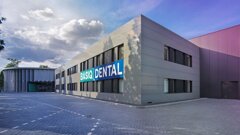






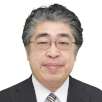















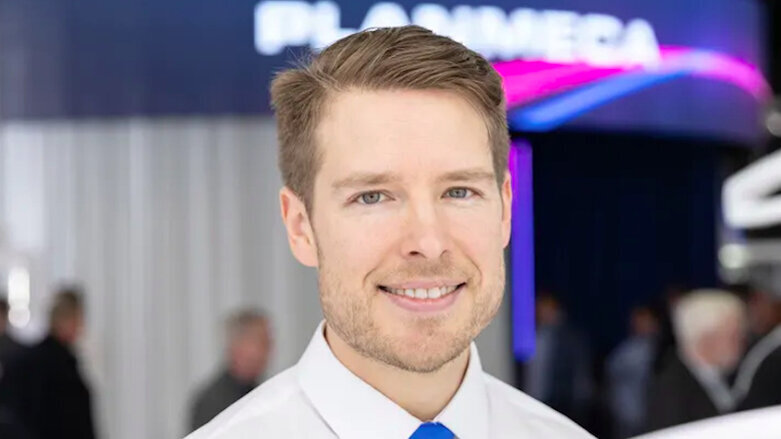

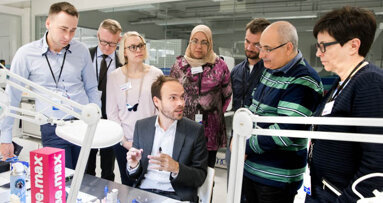
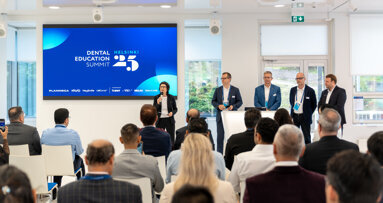
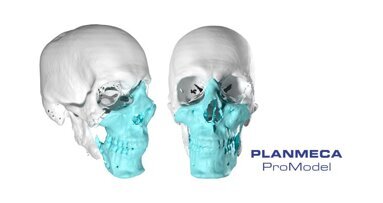
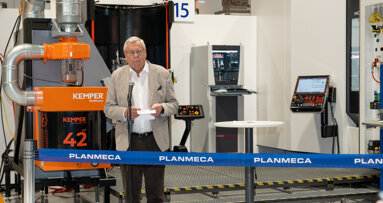

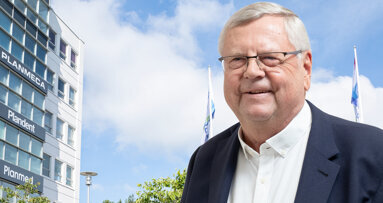
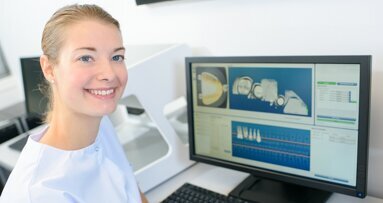

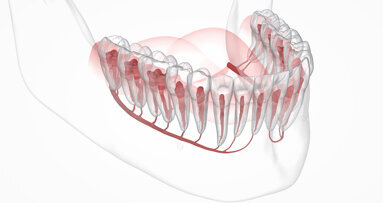
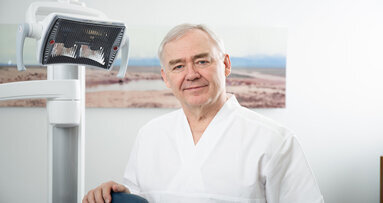







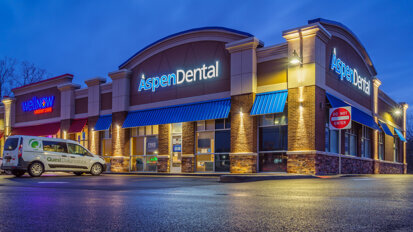
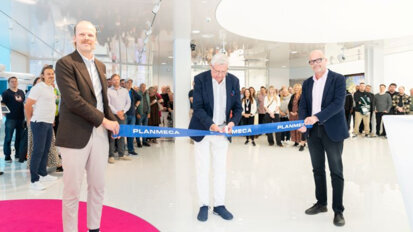
To post a reply please login or register